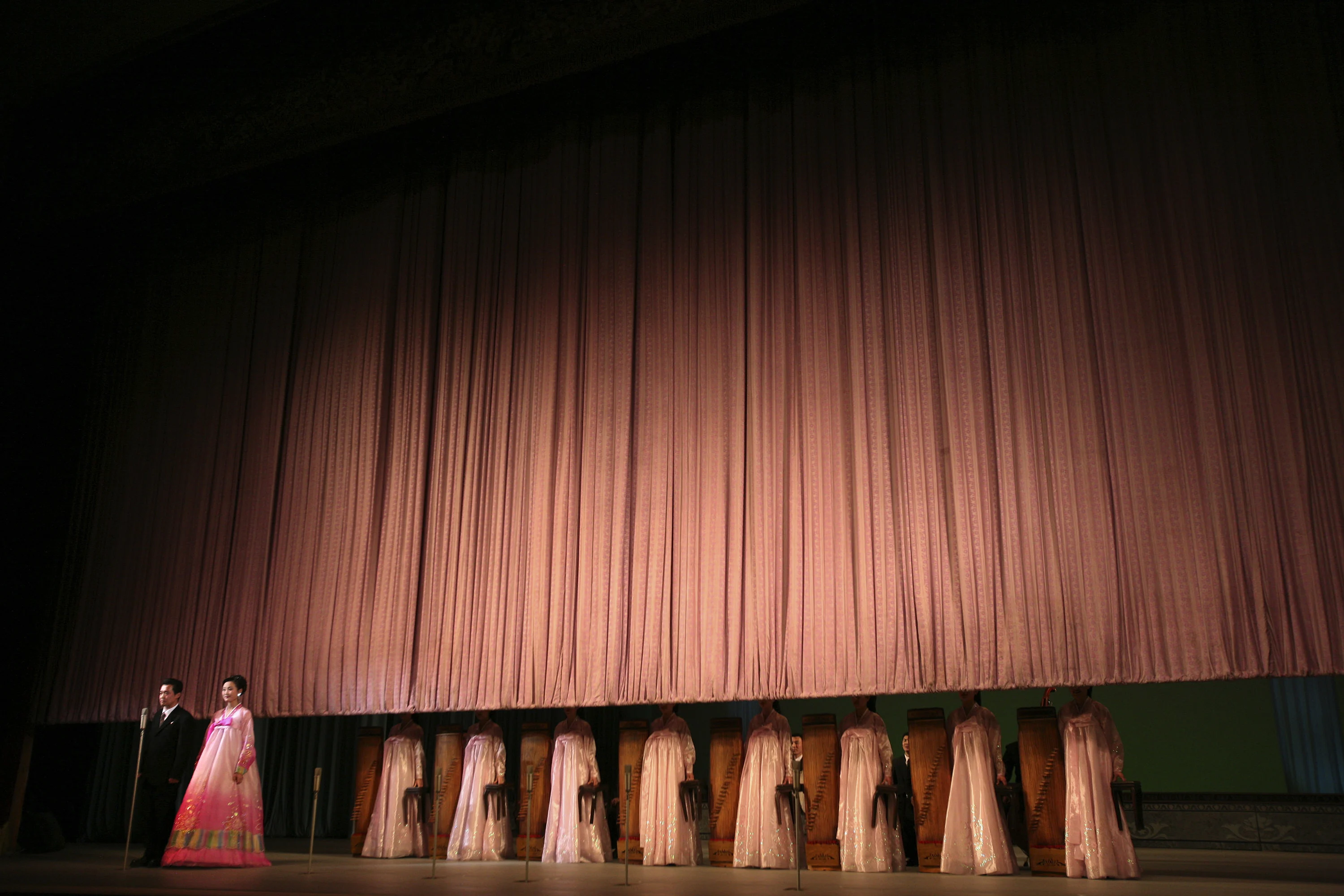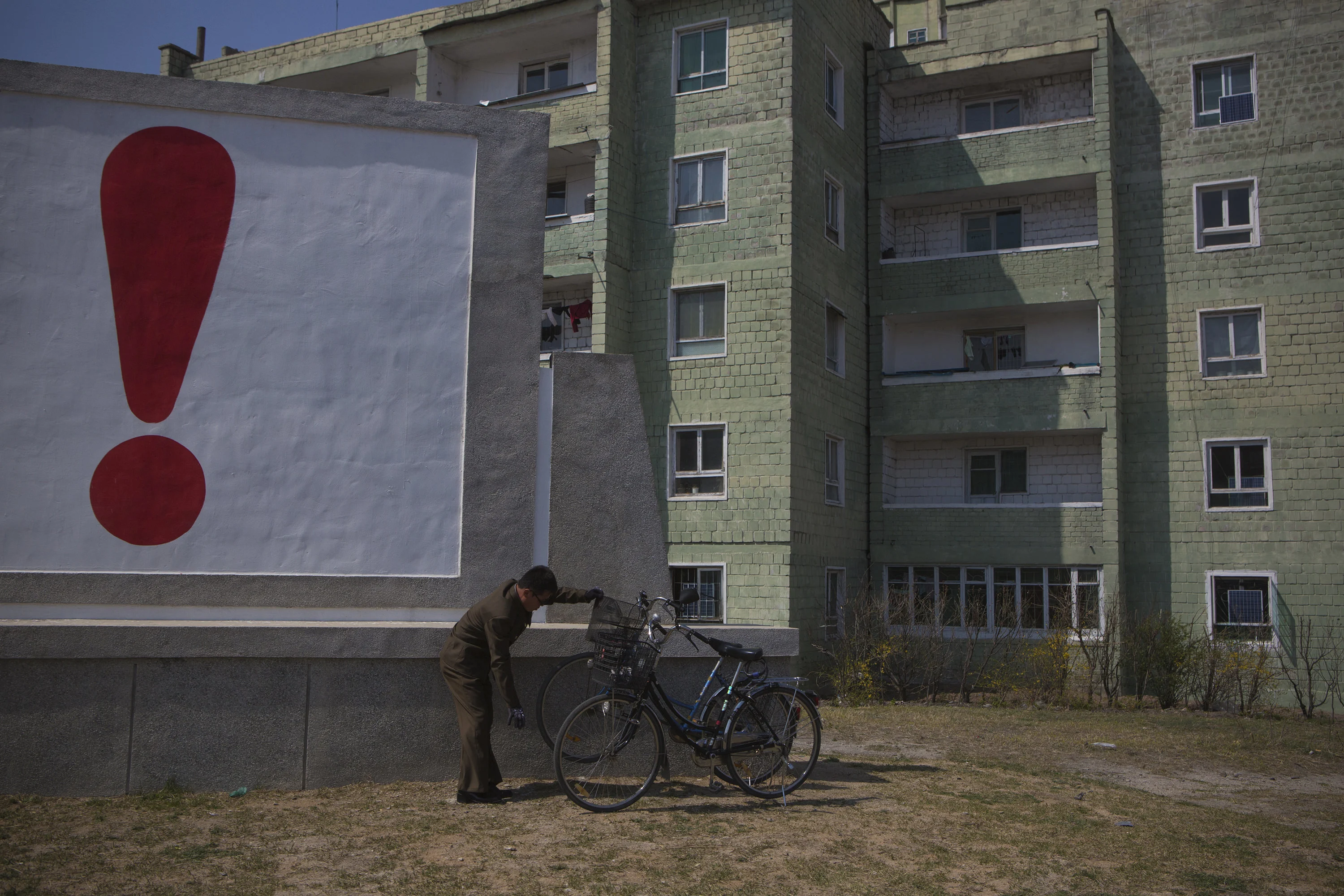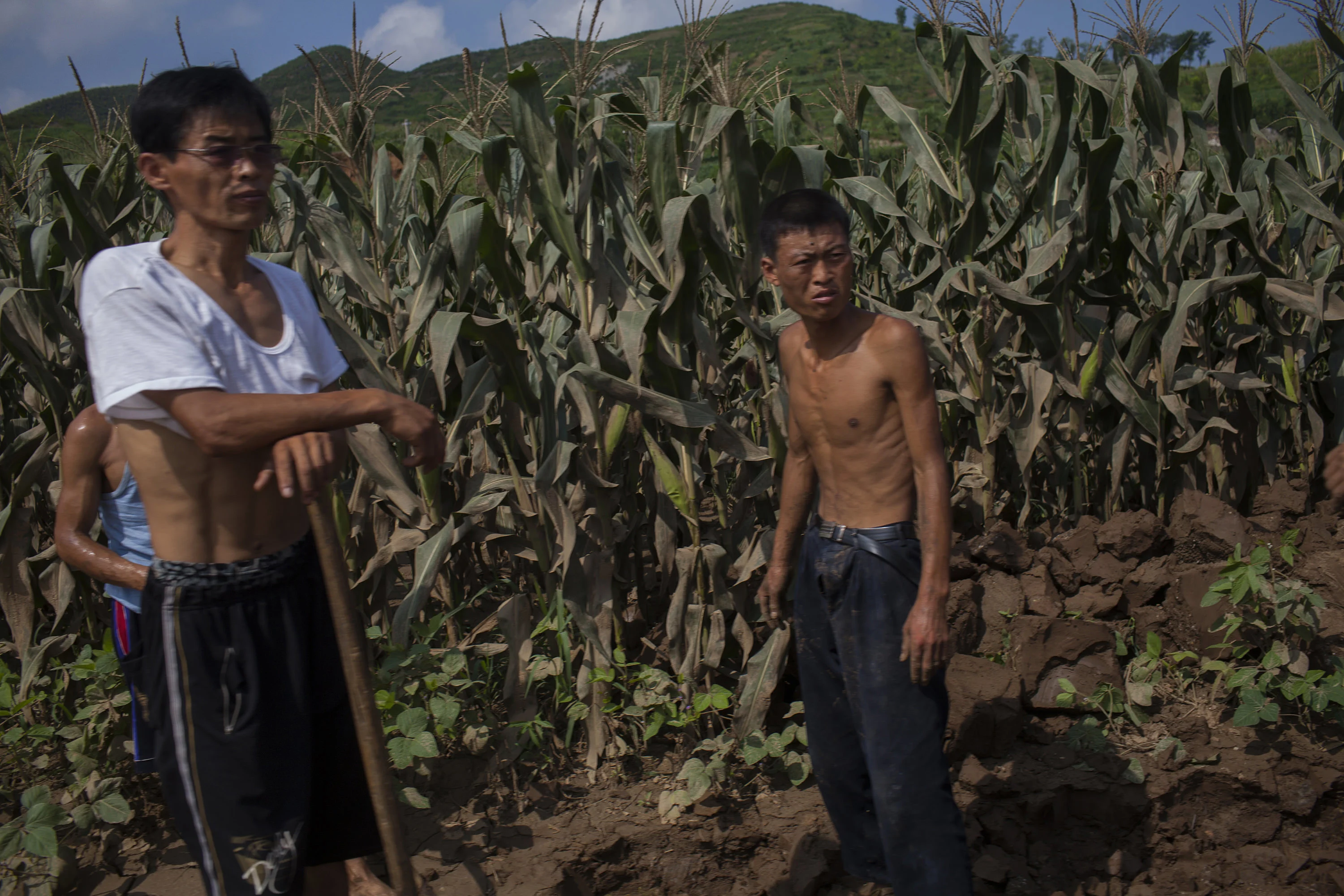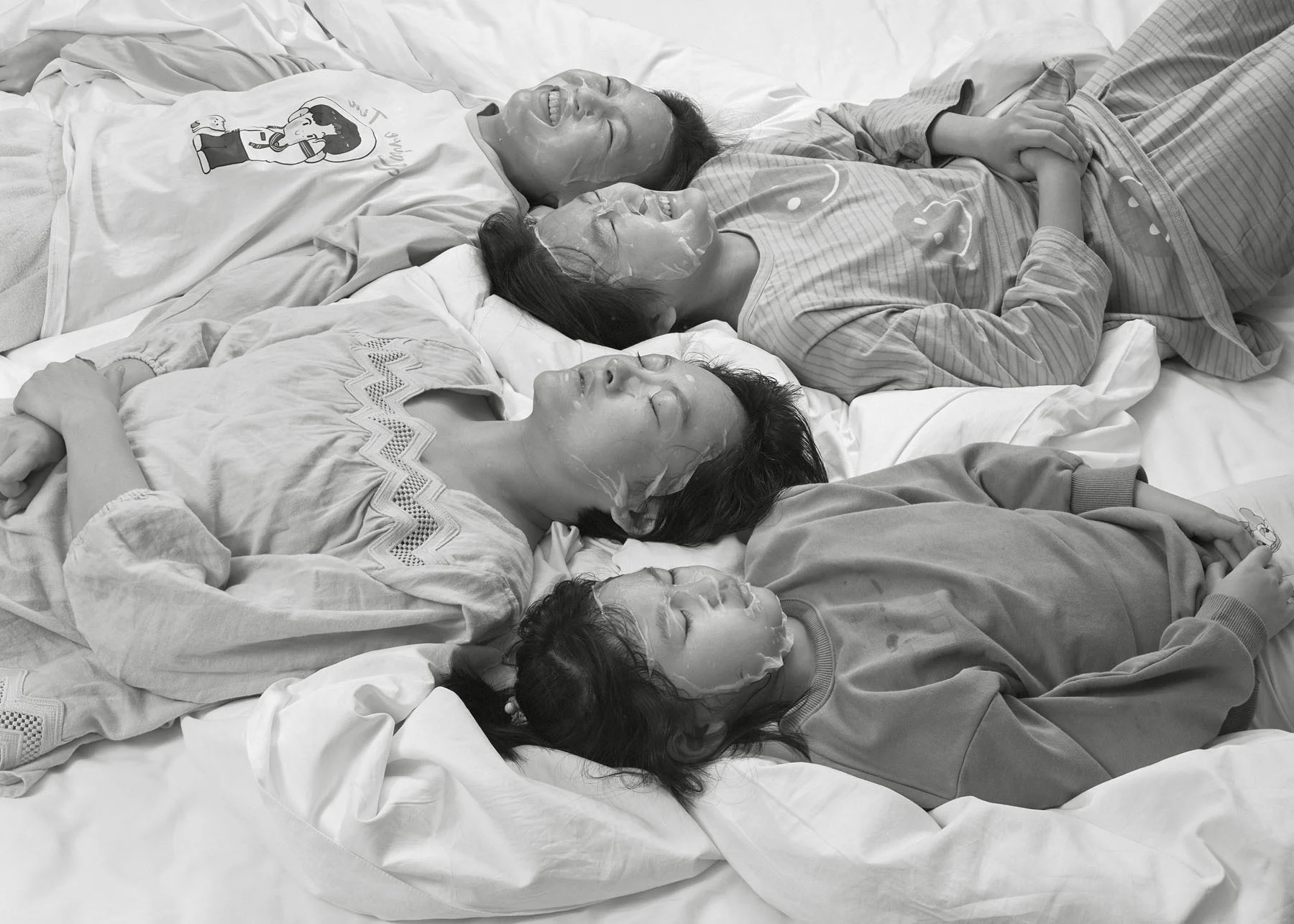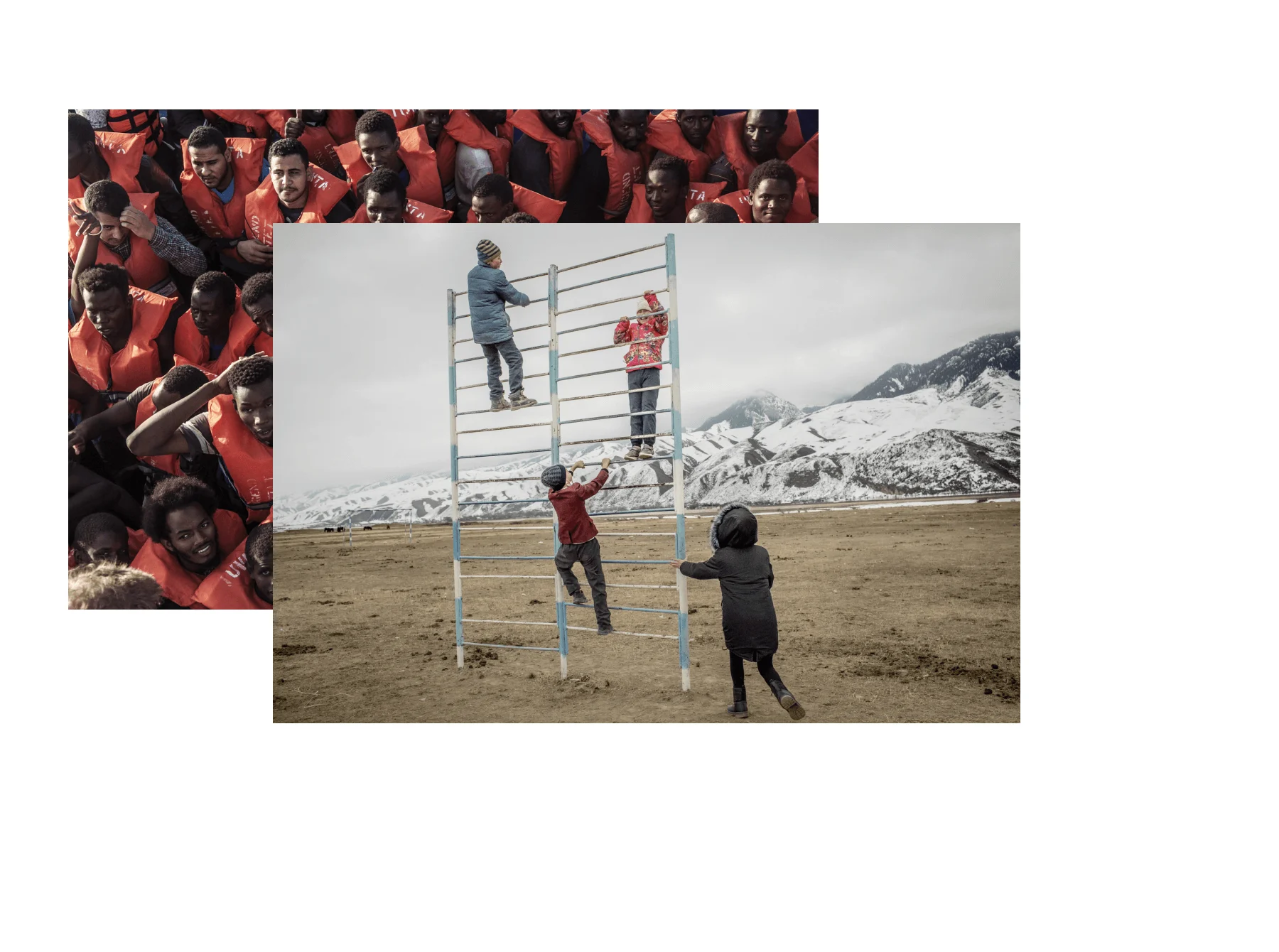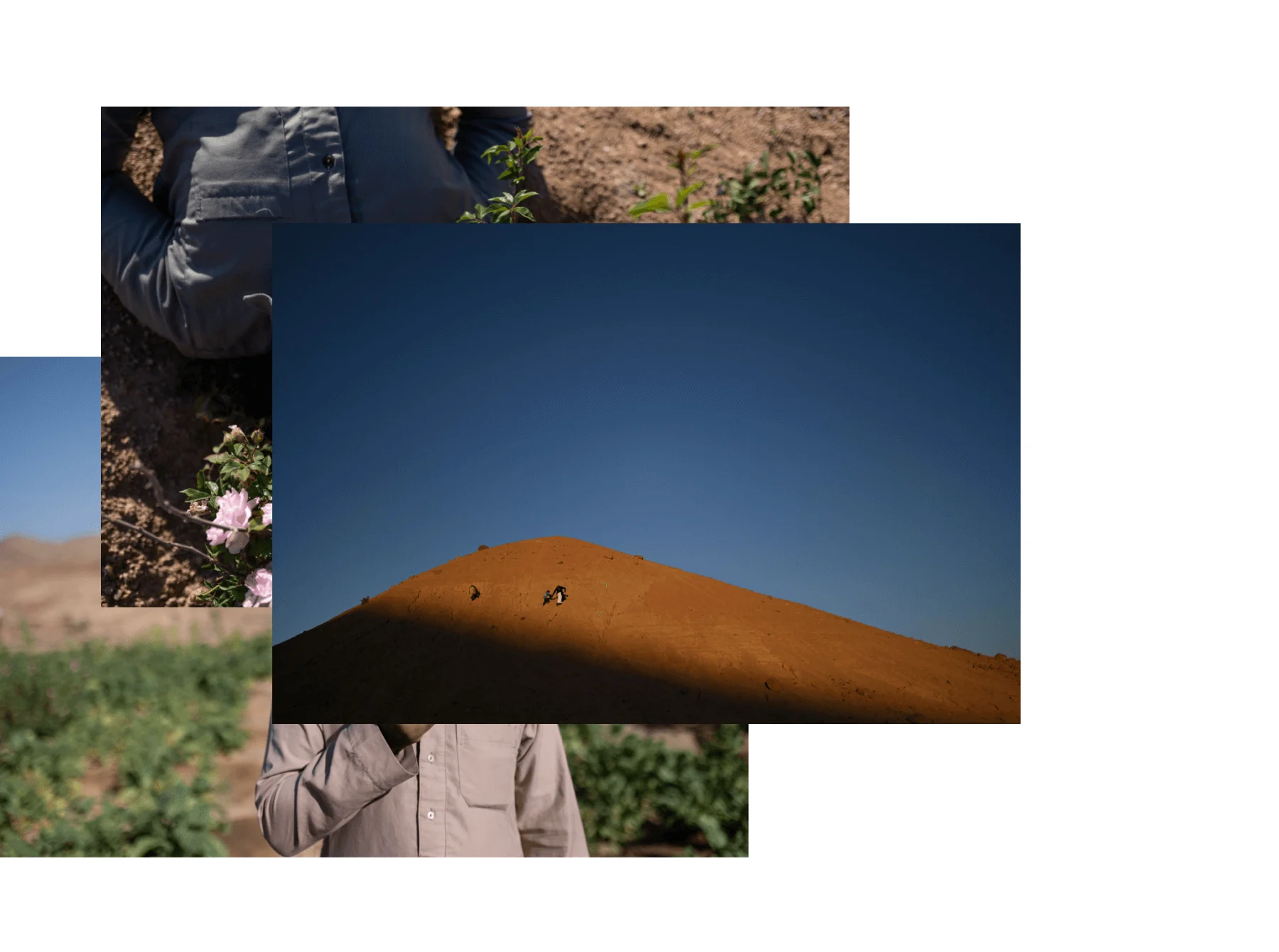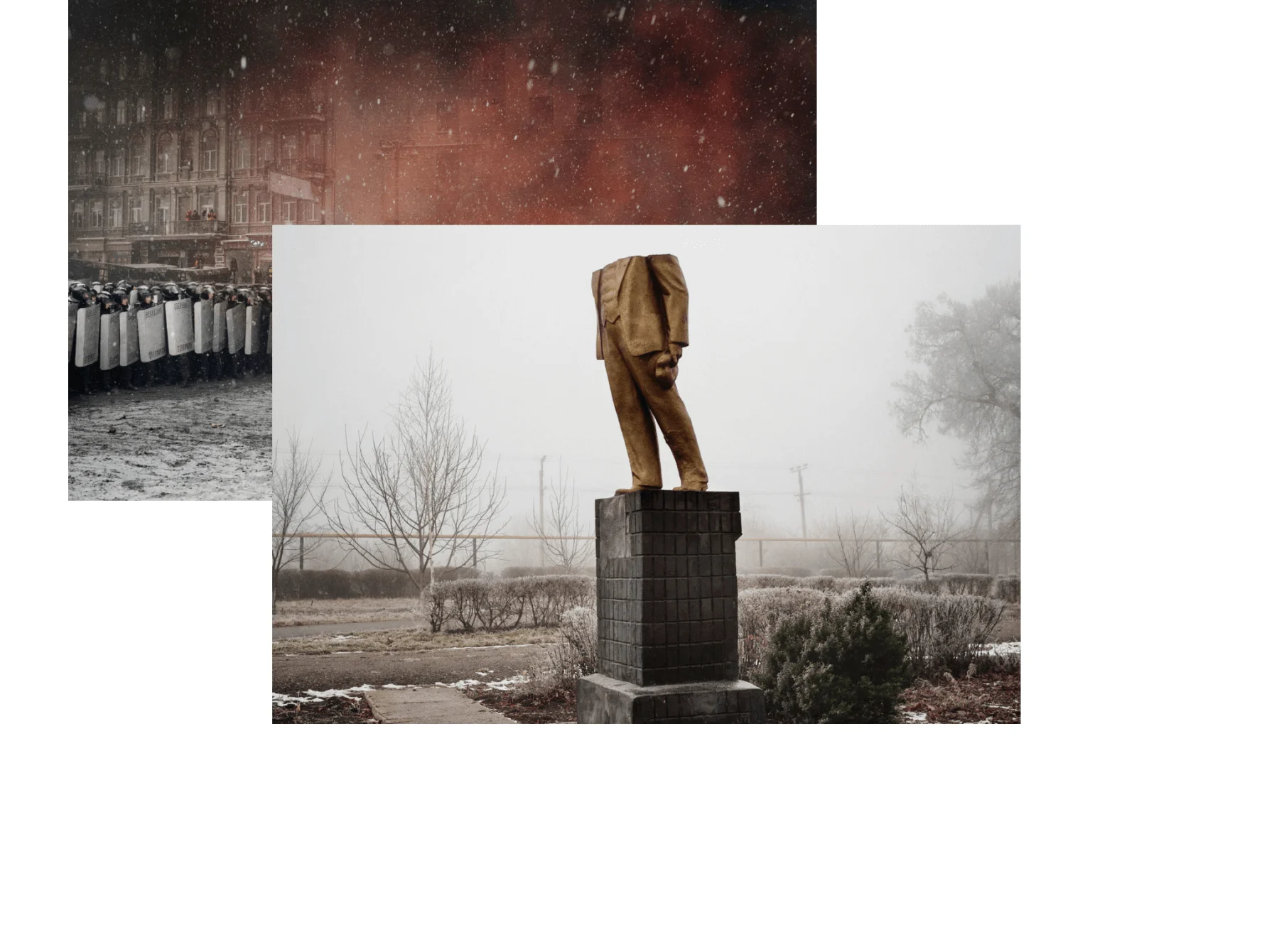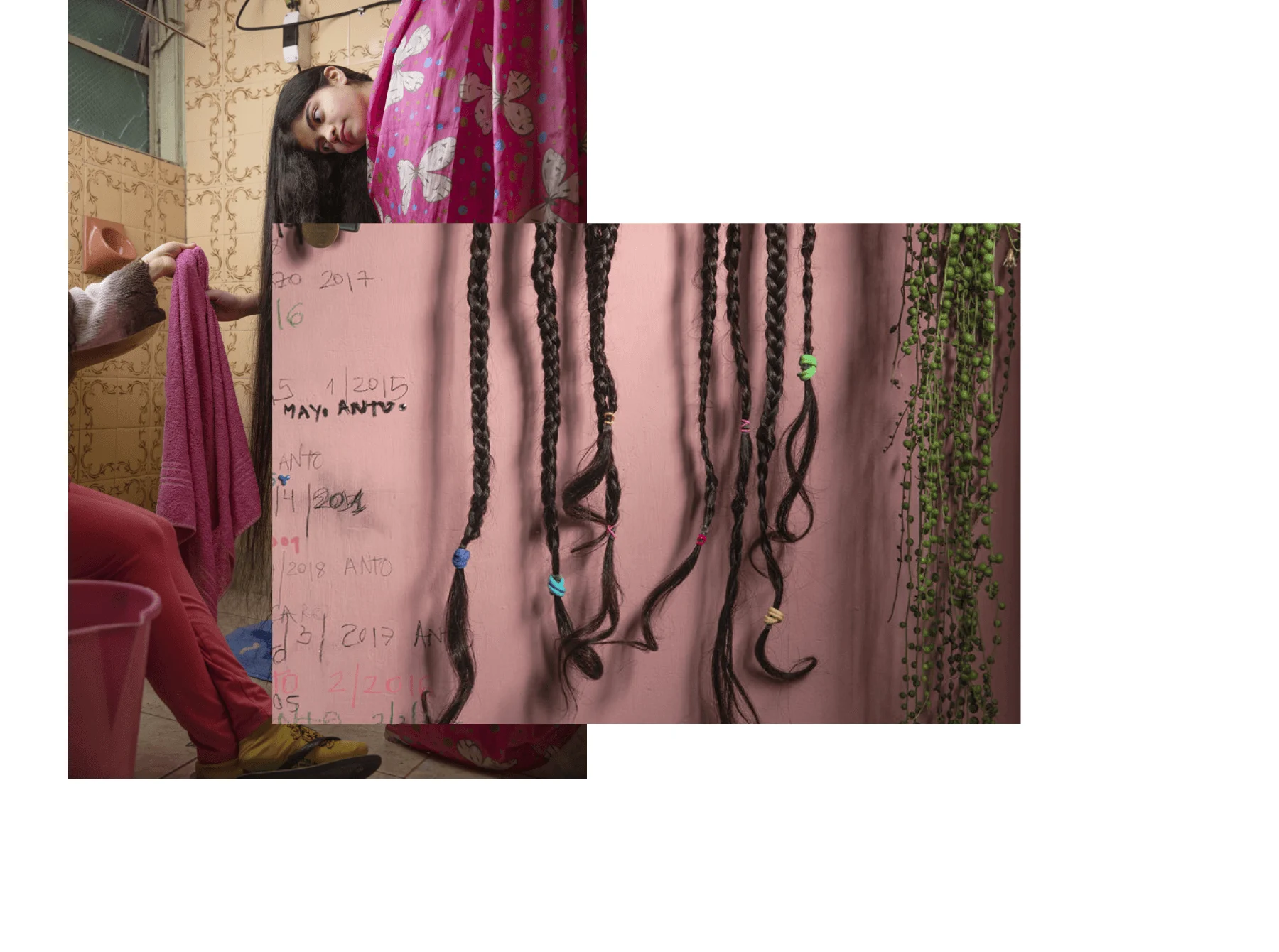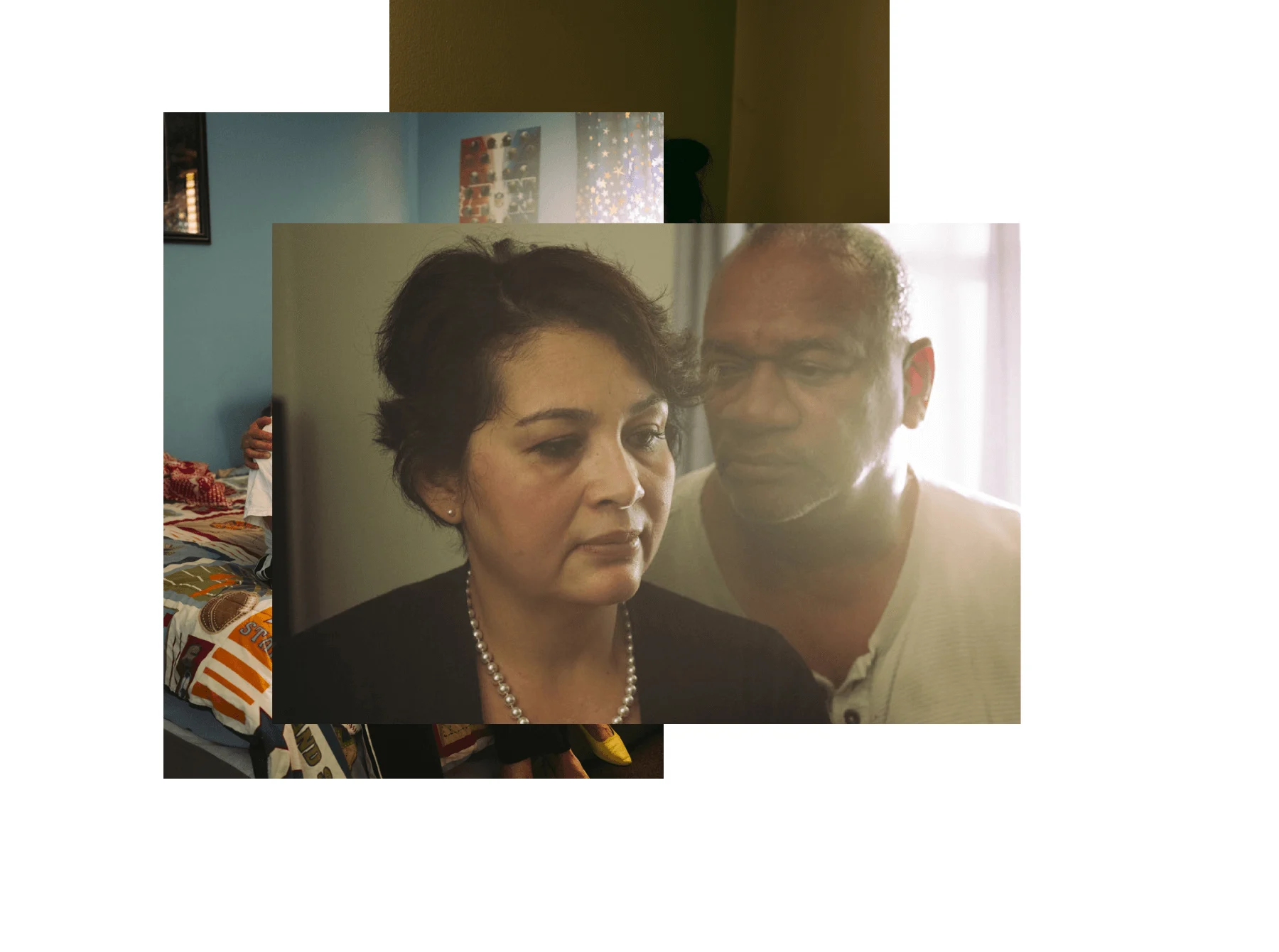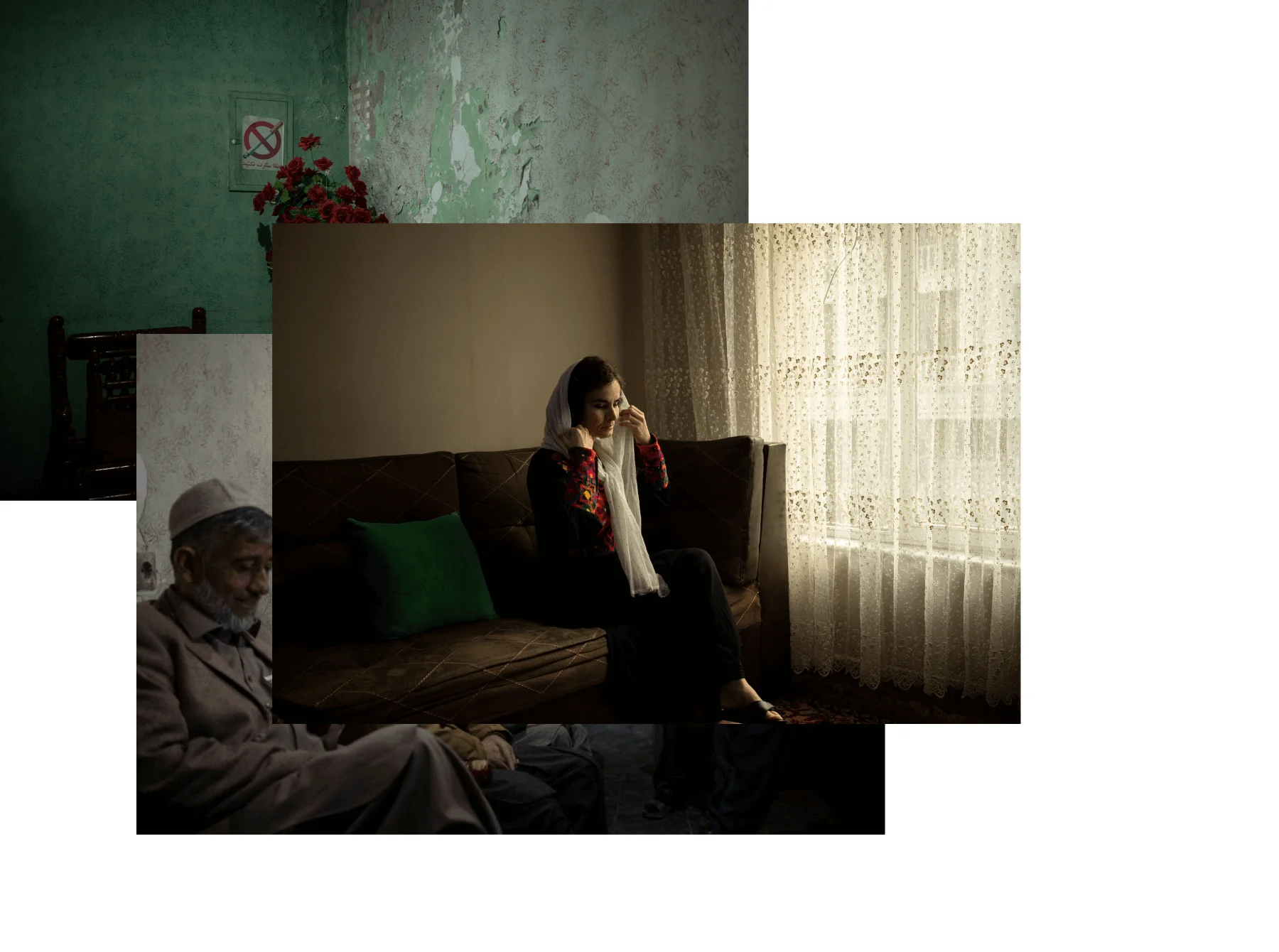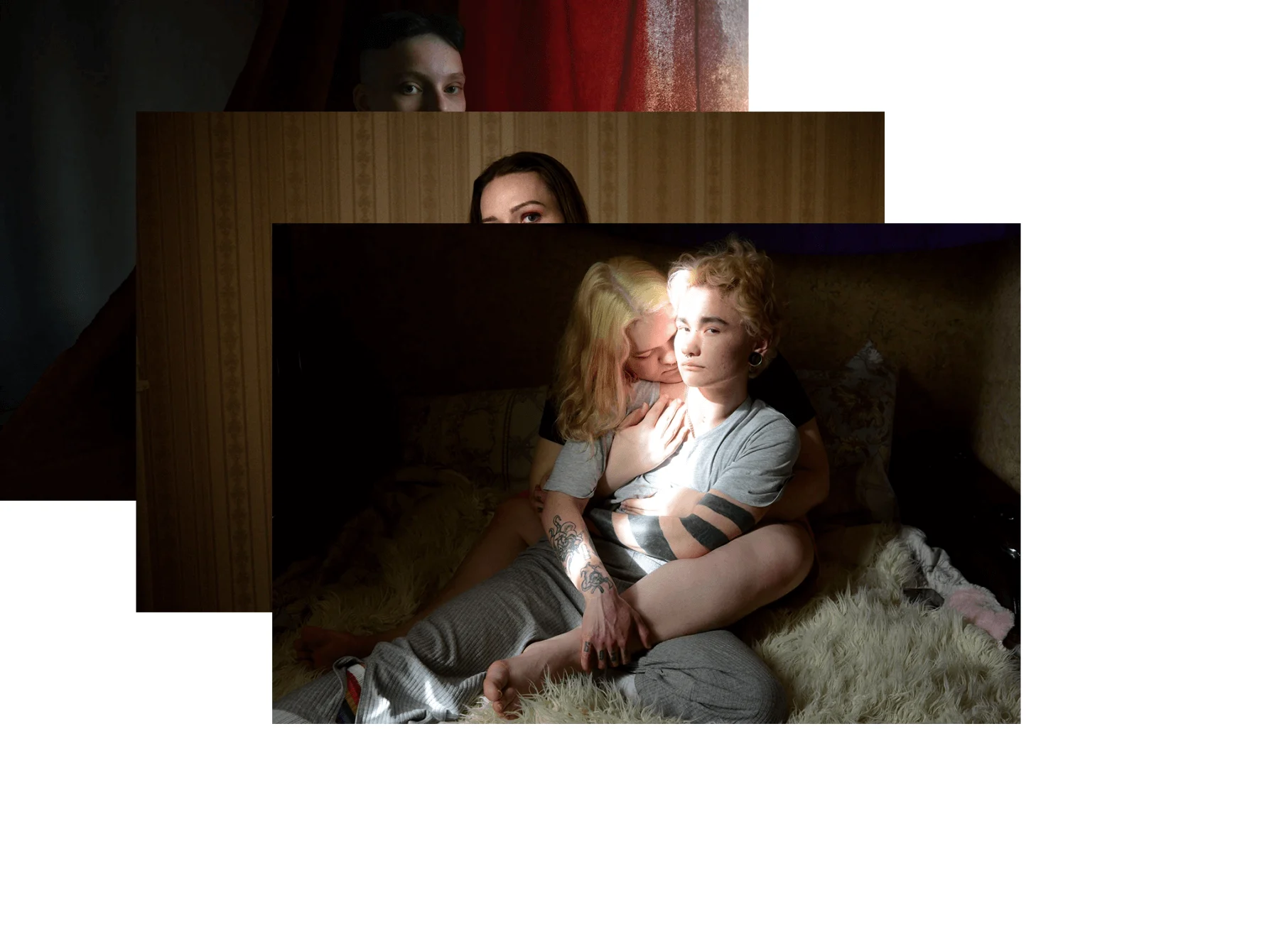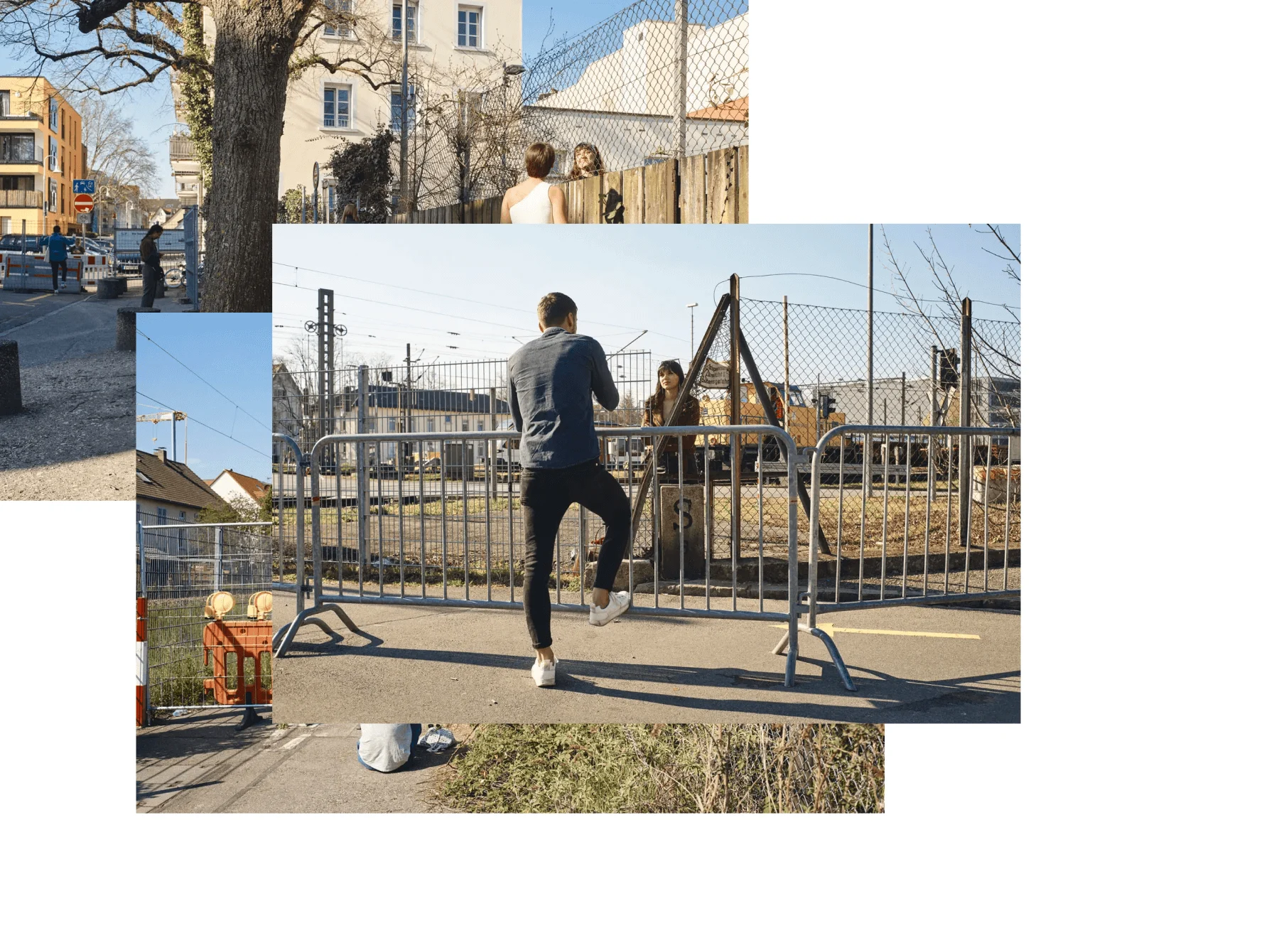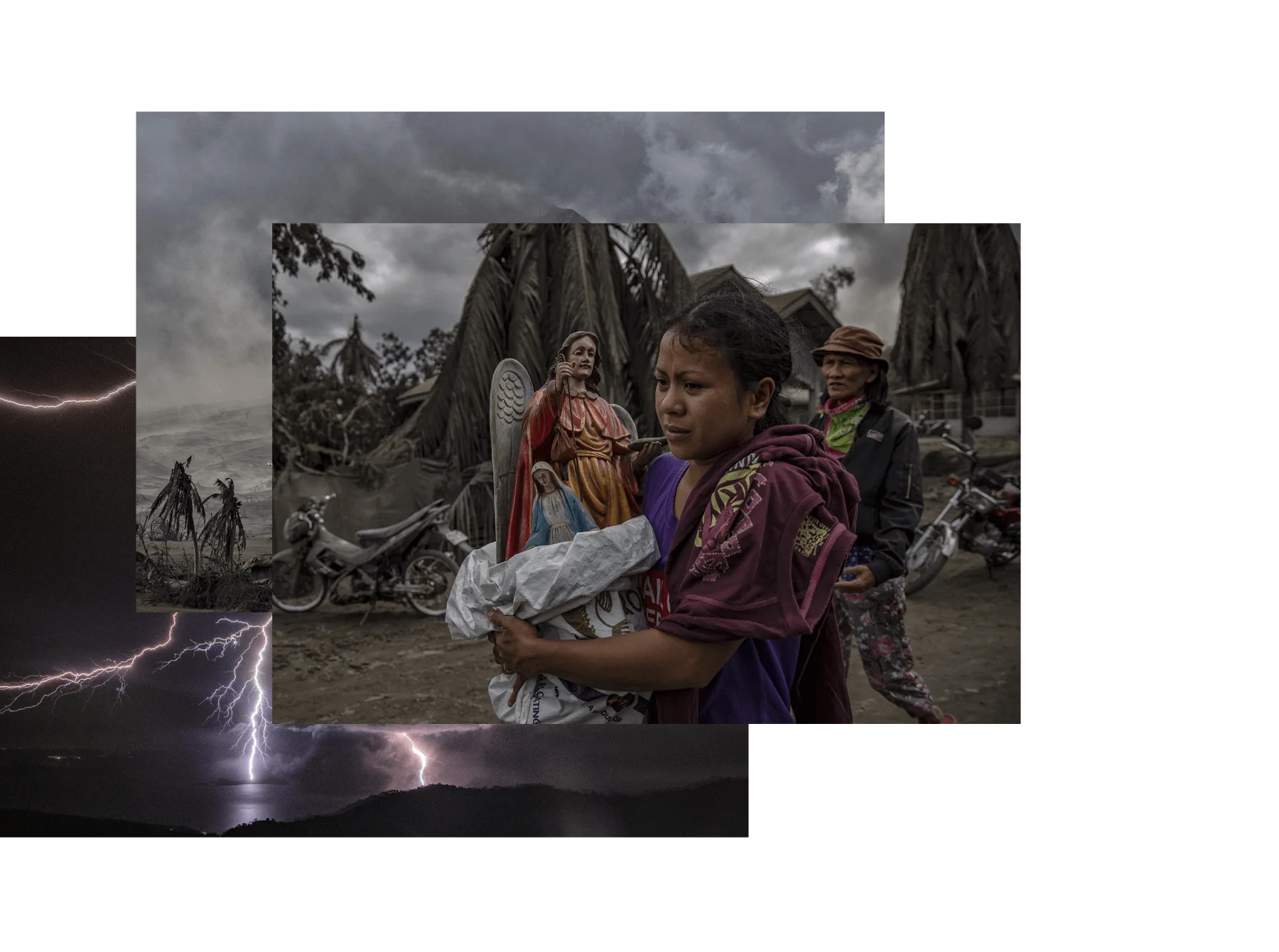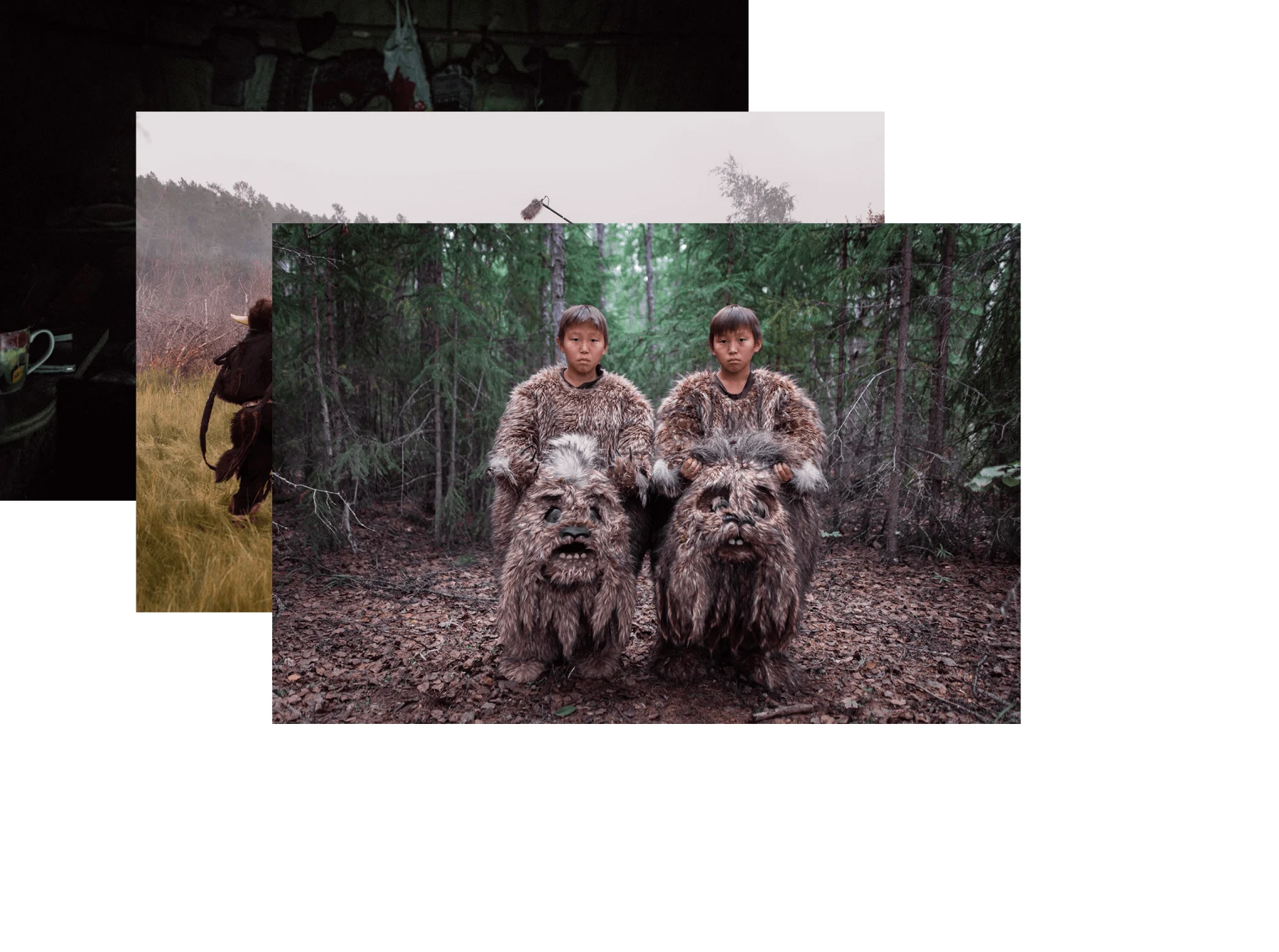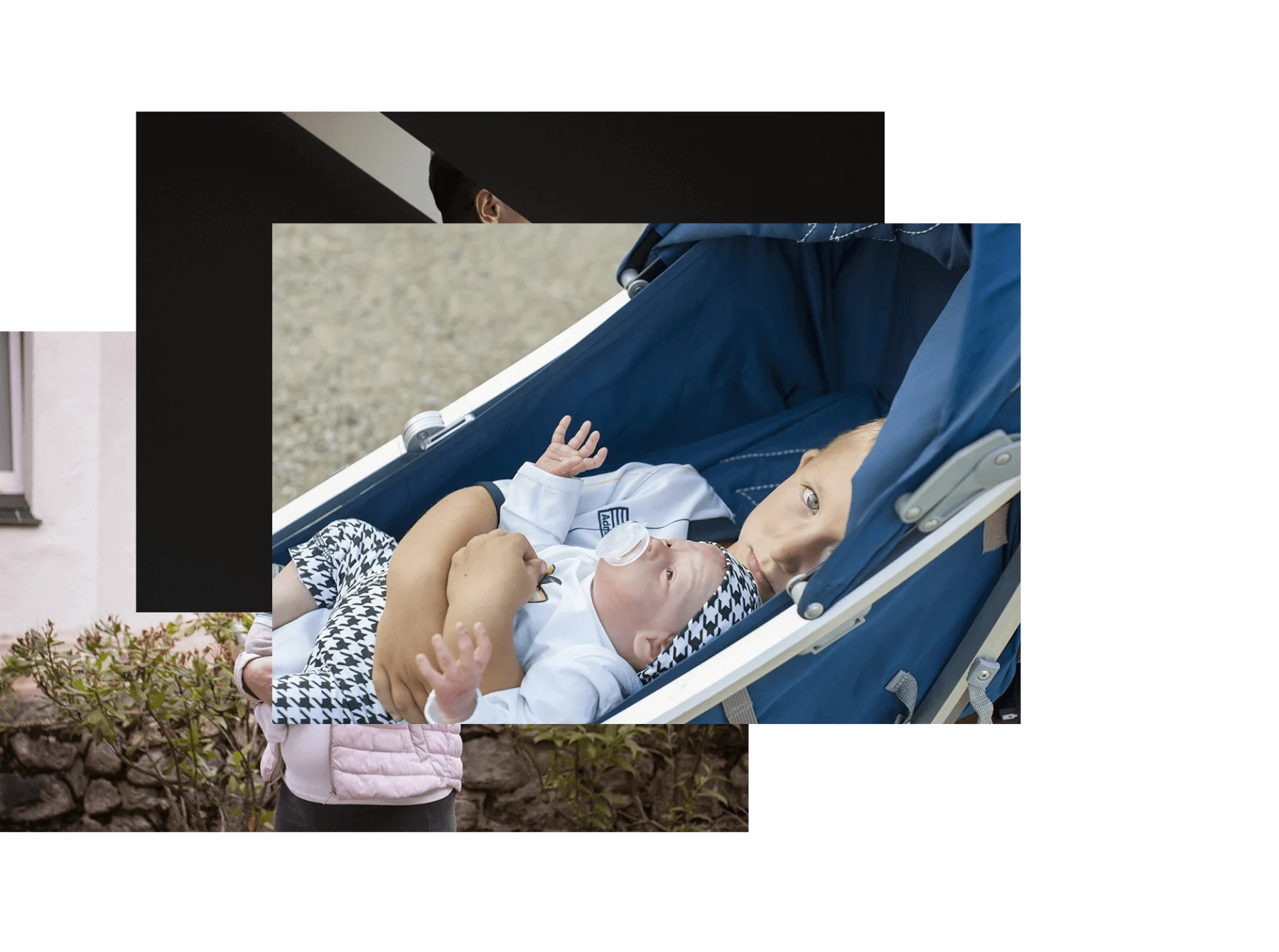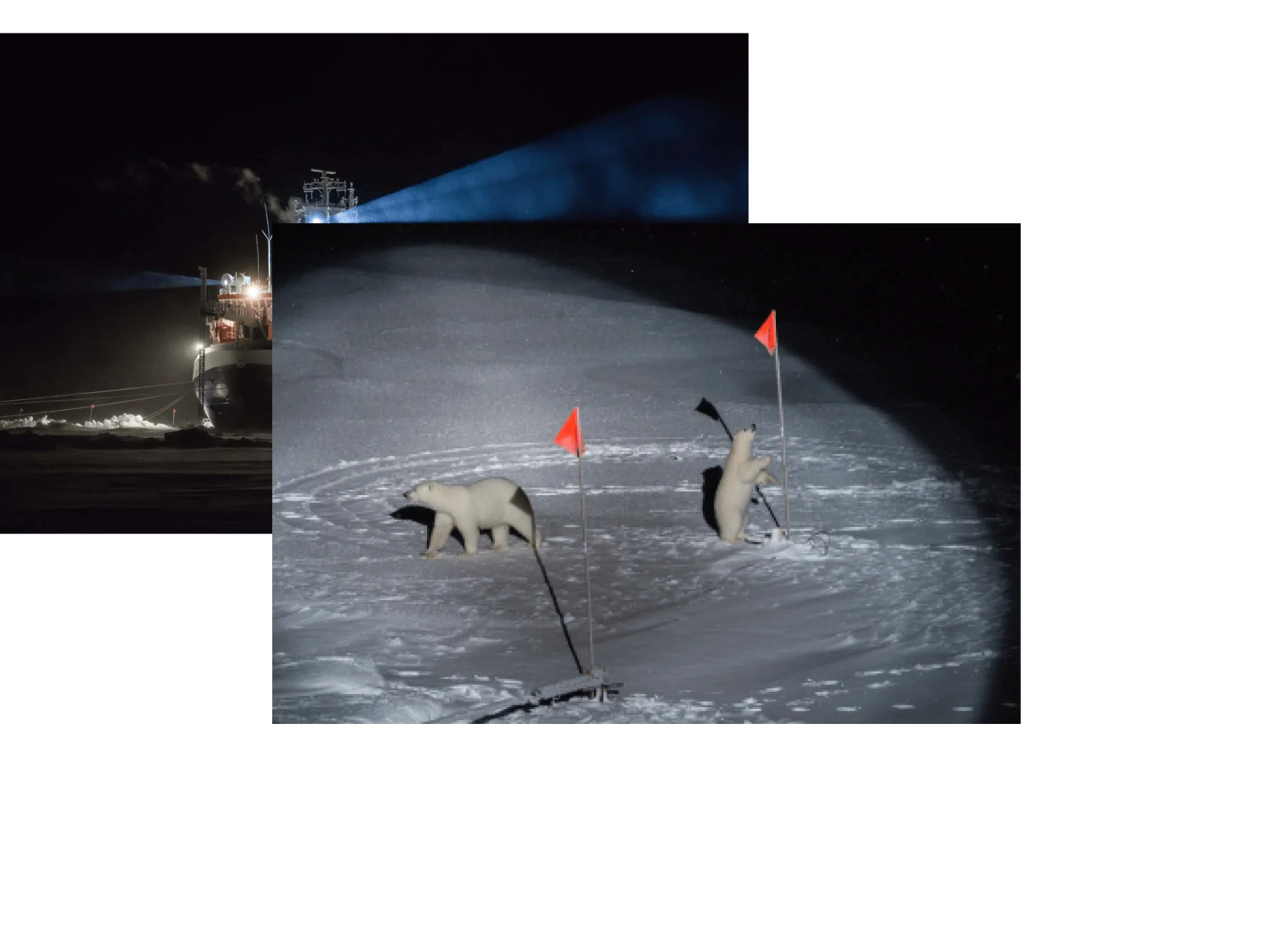

David Guttenfelder is an American photojournalist and National Geographic Fellow. He first went to North Korea in 2000 as part of a US State Department delegation. From 2011 to 2015, he was based in Japan, but travelled to the secretive state on a regular basis and created this series.
Since 2016, we’ve partnered with the World Press Photo awards to tell the stories behind the best photojournalism around, in the photographers' own words. See the whole series here.
It was such a unique opportunity and a unique responsibility to be there. Almost anything was a photograph; the most mundane things you can imagine became important.
It’s a difficult place to work. You can’t travel freely and you are always with someone from the government. It’s a bit of a cat and mouse game, their idea of how their country should be represented and our idea of how it should be represented.
The first time I went they put black plastic over the windows in my hotel and the curtains were always drawn on the bus. It was as if the world was a facade and I couldn’t see it, so I thought it was unreal. But the more and more I was able to see, especially the more normal things, the more I understood it was a real place with living, breathing people. So that became my story – trying to take other people through that journey.
I was trying to have a critical eye. You can’t speak directly about your point of view there, but you do it through a visual language. The North Koreans would understand an image in one way and the outside world would see it another way and so as a photographer you can walk that line.

We had a lot of very hard conversations but I always stood up for what I thought I was doing and fought for the idea that photography helps make people make connections with one another. That felt like a positive thing for a country that is so isolated from the rest of the world.
I covered the propaganda events because I wanted to cover the image they are trying to project of themselves. It’s an important part of their society.
They have a thing called the Arirang Festival, like a World Cup or Olympic Opening ceremony that they do in the spring. Everybody in the city gets involved. On one side of the stadium, the students hold these coloured books and create moving mosaics. So for example The Leader will be sitting in a field of wheat and the wheat is moving. It’s a really astonishing spectacle.
It’s strange to be in a country that teaches its people that you are the enemy. From an early stage, in pre-school, they are taught that the Japanese, the South Koreans and especially the Americans are devils.
North Korea has caricatured us and we have caricatured them. We misunderstand each other and that’s why there is no better place to test the power of photography, somewhere where photography is basically non-existent. That is what I tried to do all along – open a window on a place and help make connections between people. I found it interesting that I have to defend the idea that there are real people in this country, real life. Life we don’t understand, but it’s there.
